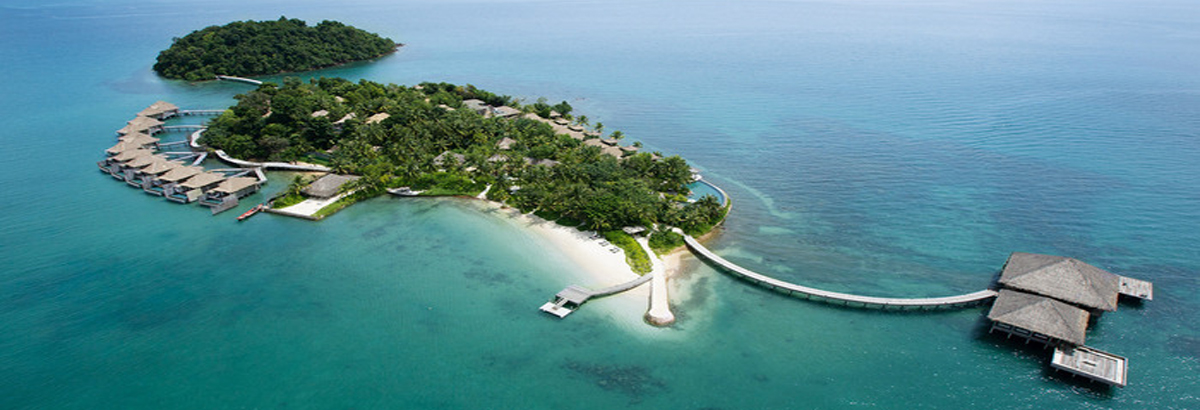Bayon Temple
The Bayon temple is a well-known and richly decorated Khmer temple at Angkor in Cambodia. it was Build in the late 12th or early 13th century as the official state temple of the Mahayana Buddhist King Jayavarman VII, this temple stands at the centre of Jayavarman's capital, Angkor Thom. Following Jayavarman's death, it was modified and augmented by later Hindu and Theravada Buddhist kings in accordance with their own religious preferences.
The Bayon temple's most distinctive feature is the multitude of serene and massive stone faces on the many towers which jut out from the upper terrace and cluster around its central peak. The temple is known also for two impressive sets of bas-reliefs, which present an unusual combination of mythological, historical and mundane scenes.
The Bayon temple was the last state temple to be built at Angkor and the only Angkorian state temple to be built primarily as a Mahayana Buddhist shrine dedicated to the Buddha, though a great number of minor and local deities were also encompassed as representatives of the various districts and cities of the realm.










